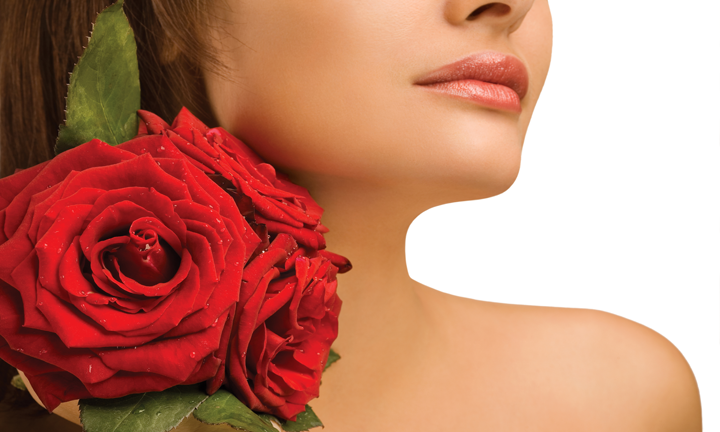News

Luxury brands outperform mass market brands
In News
Bookmark
Record learning outcomes
 The world’s 15 most valuable personal care brands have increased their collective value by 8% in the last year, according to the 2018 BrandZTM Top 100 Most Valuable Global Brands ranking, by WPP and Kantar Millward Brown. This compares with a rise of 1% from 2016-17.
The world’s 15 most valuable personal care brands have increased their collective value by 8% in the last year, according to the 2018 BrandZTM Top 100 Most Valuable Global Brands ranking, by WPP and Kantar Millward Brown. This compares with a rise of 1% from 2016-17.
The star performer was Shiseido, with a brand value increase of 42% making it one of the 20 fastest risers in the Global Top 100. Continually committed to investing in brand building, it leverages its unique heritage and positive messages about its country of origin while offering a highly differentiated customer experience. Innovations in this area over the last year have included using artificial intelligence to launch a virtual skincare consultant on Facebook Messenger.
The UK brand Dove grew its value by 6%, with innovations including Baby Dove, which was rolled out to 26 countries, and its DermaSeries line for women with skin conditions such as eczema. For its 60th anniversary year, Dove continued to stay true to the Real Beauty message with a pledge that it would only depict ‘real women’ in its campaigns.
Analysis of the personal care brands in the BrandZ Top 100 since the ranking was launched in 2006 reveals that luxury brands have grown at five times the rate of mass market brands – with a combined value increase of 201% in 12 years compared with 44%.
Luxury brands, which include Lancôme, Clinique, Estee Lauder and Shiseido, are perceived by consumers as more different, sexy and desirable. Mass-market brands however, like Gillette, Nivea and Dove, are considered more meaningful, caring and straightforward. In fact Dove has outperformed the luxury brands in its category, growing 267% over 12 years.Â
Rachel Evans, sector managing director at Kantar Millward Brown, said: “The personal care category remains in healthy growth, with brands committing to more purpose-based propositions, finding ways to stay highly relevant, and meeting the global demand for premiumisation.
“The luxury market is booming – especially in China – but mass-market brands offer something that consumers value and find deeply meaningful. They are caring and straightforward, making them a trusted choice. The ongoing success of Dove, for example, illustrates the power of a consistent purpose supported by highly identifiable assets. This acts as a ‘cushion’ that helps a brand remain strong – even if it occasionally drops the ball.â€
Other brand highlights include:
·         L'Oreal Paris embraces innovation through investing in and partnering with digital and technology start-ups, as well as giants such as Amazon to support ecommerce and voice search. It engages consumers with virtual try-on apps, such as 3D L'Oréal Professionnel Style MyHair, which are embedded in ecommerce sites.
·         Lancôme successfully seduced millennials with innovative packaging and digital communications that feature short videos and colourful visuals, while retaining the loyalty of ‘baby boomers’ who value the quality of its products.
·         Nivea launched innovations such as Nivea Sun Clothing Protection, and the Nivea Urban Skin range developed especially for people whose skin is highly stressed due to living in high pollution areas. Its new loyalty app, Nivea for Me, is considered by Google to represent best practice.
·         Alongside supporting its iconic prestige products, Estee Lauder enhanced its digital and social media capabilities, creating in-store displays to grab shoppers’ attention and implementing new technologies to modernise the consumer experience.
·         Clinique focused on what is known as ‘gym makeup’ for women who lead active lives, with a collection called CliniqueFit that is marketed as sweatproof, portable and convenient.
